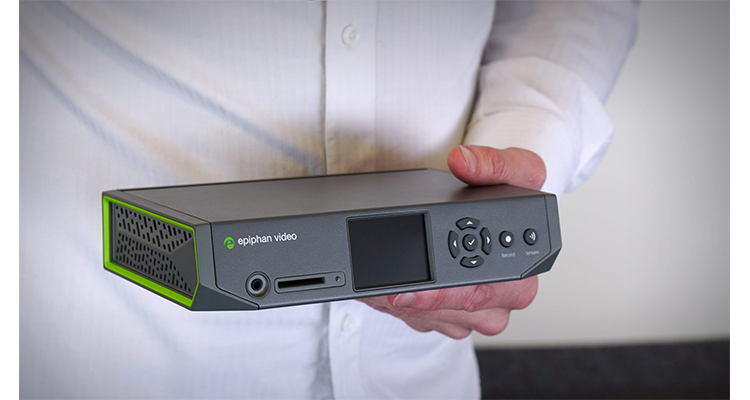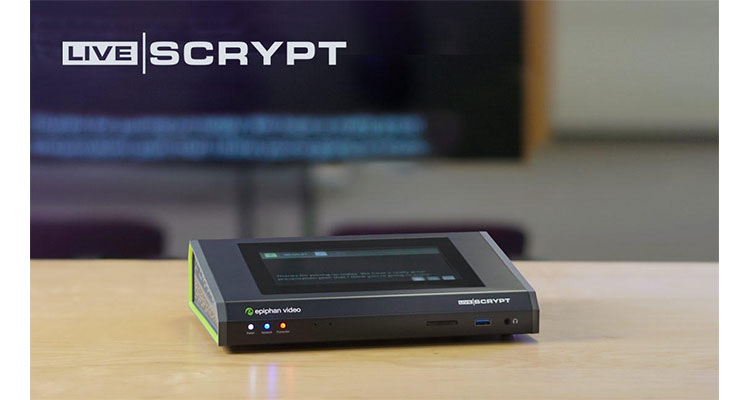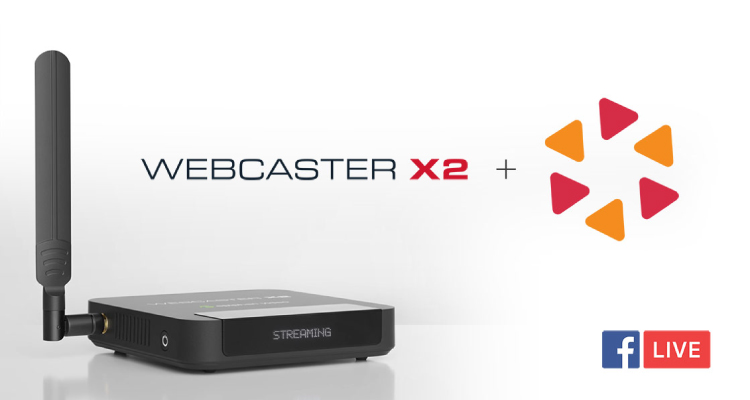Epiphan Video Adds New Encoder to Pearl Family

Epiphan Video’s Pearl family just added the Pearl Nano, a single-channel encoder. Users can also add Pearl Nano onto an existing video production setup to leverage the device’s streaming and recording capabilities. Nano’s broad streaming protocol support includes modern protocols like Secure Reliable Transport (SRT), Dynamic Adaptive Streaming over HTTP (DASH), and HTTP Live Streaming (HLS), as well as standard ones like RTMP and RTMPS.
Nano boasts several features that are uncommon in other single-channel encoders. A screen built into the device’s front allows for basic configuration and control as well as confidence monitoring during streaming and recording. Rear inputs include HDMI and SDI video, two line-level XLR ports for professional audio, an HDMI program out, and an HDMI pass through for zero-latency content display on in-room monitors. To further streamline setup, Nano also supports Power over Ethernet Plus (PoE+) in addition to DC power.
Also unique to Nano is the powerful custom layout builder. This lets users tailor their video program with a single-source or picture-in-picture layout that can include a dynamic background, graphics, text overlays, and other elements.
Adding to Nano’s SRT capabilities is remote accessibility through the Web-based user interface and Epiphan Cloud, a centralized platform for configuration and monitoring of Epiphan devices. This enables producers to remotely manage and control Pearl systems located anywhere in the world, reducing the likelihood of configuration errors and making for an easier production overall.
Like Pearl-2 and Pearl Mini, Nano includes advanced security features like LDAP, 802.1x, and SSL, as well as deep integration with video platforms Kaltura and Panopto, which makes it possible for users to start and stop events right from the front screen. And a first for a Pearl system: an expansion bay lets users install an M.2 SSD for additional local storage. Nano can also store recordings on an SD card inserted into the system’s SD card slot, as well as connected USB or network-attached storage devices.




